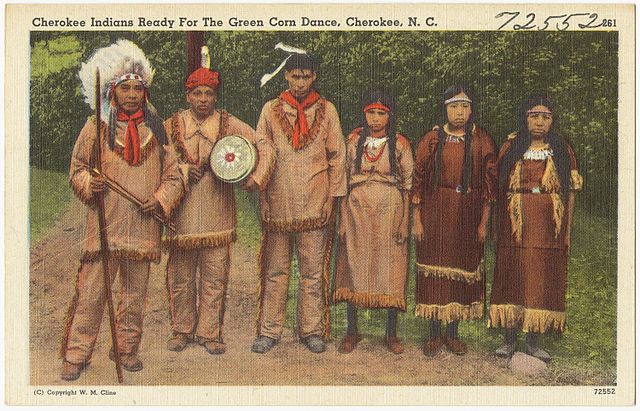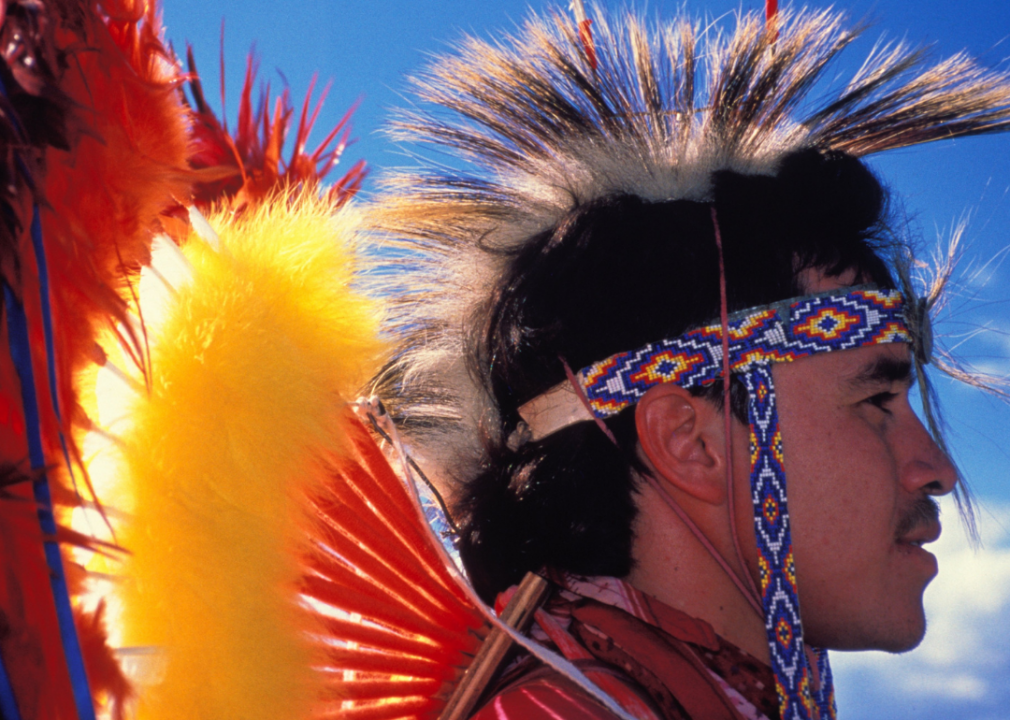The Quest for the "Largest" Native American Tribe: A Complex History
The Quest for the "Largest" Native American Tribe: A Complex History

The question of which Native American tribe was the "largest" is a complex one, fraught with historical baggage and a lack of clear-cut answers. There’s no single, definitive metric to measure "size" when it comes to indigenous populations. We must consider a multitude of factors, including:
- Unleashing the Ancient Power: Cherokee Warrior Symbol Ignites Strength!
- Unveiling the Majestic Blackfeet Nation Flag – A Symbol of Resilience!
- Proud Heritage Unveiled: Explore the Rich History of Native Americans!
- Unveiling the Strength: Discovering the Most Powerful Native American Tribe
- Unraveling the Kangaroo’s Enigmatic Essence: A Journey into Symbolism and Myths
- Population at a specific point in time: Pre-colonial estimates are highly speculative, and historical records are often incomplete or biased.
- Territorial extent: Some tribes controlled vast territories, while others were confined to smaller, more densely populated areas.
- Political organization: Some tribes were organized into large confederacies, while others were more loosely connected.
- Cultural influence: Some tribes exerted significant cultural influence over neighboring groups, even if their population was relatively small.
Related Articles: The Quest for the "Largest" Native American Tribe: A Complex History
This article will explore the complexities of determining the "largest" Native American tribe, examining the challenges of historical data and offering a nuanced understanding of the diverse pre-colonial landscape.
The Challenges of Historical Data
The task of determining the "largest" Native American tribe is hampered by the limitations of historical data. Pre-colonial population estimates are often based on:

- Colonial accounts: These accounts are frequently biased, reflecting the colonial perspective and often exaggerating the size of indigenous populations for various reasons, including justifying land claims and justifying the subjugation of native peoples.
- Archaeological evidence: While valuable, archaeological evidence can only offer limited insights into population size and distribution.
- Linguistic data: The number of speakers of a particular language can provide some clues, but it doesn’t always correlate with population size.

The Impact of Disease and Displacement
The arrival of Europeans in the Americas had a devastating impact on indigenous populations. Disease, warfare, and displacement led to a catastrophic decline in population numbers. This makes it difficult to assess pre-colonial population figures and further complicates the quest for the "largest" tribe.
Beyond Population Numbers: A Multifaceted Perspective
To understand the "largest" Native American tribe, we must move beyond simply comparing population figures. We need to consider:
- Cultural influence: Some tribes, like the Iroquois Confederacy, exerted significant cultural influence over neighboring groups, even if their population was relatively small. Their political structure and cultural practices influenced a large geographic area.
- Territorial extent: The Lakota, for example, controlled a vast territory across the Great Plains, even though their population may not have been the largest in absolute numbers. Their territorial dominance and cultural adaptations to the Plains environment are significant factors in understanding their influence.
- Resilience and adaptability: Many tribes, despite experiencing immense hardship, demonstrated remarkable resilience and adaptability in the face of colonial pressures. Their ability to survive and thrive, even amidst immense challenges, is a testament to their strength and cultural depth.

Examples of Large and Influential Tribes
While definitively claiming the "largest" tribe is impossible, here are some examples of Native American tribes known for their significant populations, territorial extent, and cultural influence:
- The Cherokee: The Cherokee, located in the southeastern United States, were one of the largest and most powerful tribes in the region. They had a complex political system, a rich cultural heritage, and a vast territory. Their population was estimated to be around 30,000 at the time of European contact.
- The Lakota: The Lakota, a Plains tribe known for their equestrian skills and nomadic lifestyle, controlled a vast territory across the Great Plains. Their population was estimated to be around 10,000 at the time of European contact.
- The Navajo: The Navajo, a southwestern tribe known for their weaving, silversmithing, and unique language, had a large population and a vast territory. Their population was estimated to be around 20,000 at the time of European contact.
- The Iroquois Confederacy: The Iroquois Confederacy, a political alliance of six distinct tribes, was a powerful force in the Northeast. Their political structure and cultural practices influenced a large geographic area. Their population was estimated to be around 10,000 at the time of European contact.
- The Pueblo Tribes: The Pueblo tribes, a group of distinct tribes in the Southwest, were known for their impressive architecture and agricultural practices. They had a large population and a rich cultural heritage. Their population was estimated to be around 50,000 at the time of European contact.
Beyond the Numbers: A Legacy of Resilience
The quest for the "largest" Native American tribe is ultimately a futile one. It fails to capture the complexity and diversity of indigenous cultures and the unique histories of each tribe. Instead of focusing on a single metric, we should strive to appreciate the richness and resilience of Native American cultures, their contributions to the history of the Americas, and their ongoing legacy.
FAQ
Q: What is the largest Native American tribe today?
A: The Cherokee Nation is the largest federally recognized tribe in the United States, with over 390,000 members.
Q: What is the largest Native American tribe in Canada?
A: The Métis Nation is the largest recognized indigenous group in Canada, with an estimated population of over 400,000.
Q: How can I learn more about the history of Native American tribes?
A: There are many resources available for learning about the history of Native American tribes. You can visit museums, read books and articles, and learn from tribal websites and organizations.
Q: How can I support Native American communities?
A: There are many ways to support Native American communities. You can donate to organizations that work to support indigenous rights and sovereignty, learn about and celebrate indigenous cultures, and advocate for policies that benefit Native American communities.
Conclusion
The quest for the "largest" Native American tribe is a complex and ultimately futile one. Instead of focusing on a single metric, we should strive to appreciate the richness and resilience of Native American cultures, their contributions to the history of the Americas, and their ongoing legacy. By recognizing the diversity and complexity of indigenous cultures, we can move towards a more nuanced and respectful understanding of the history of the Americas.

Closure
Thus, we hope this article has provided valuable insights into The Quest for the "Largest" Native American Tribe: A Complex History. We appreciate your attention to our article. See you in our next article!